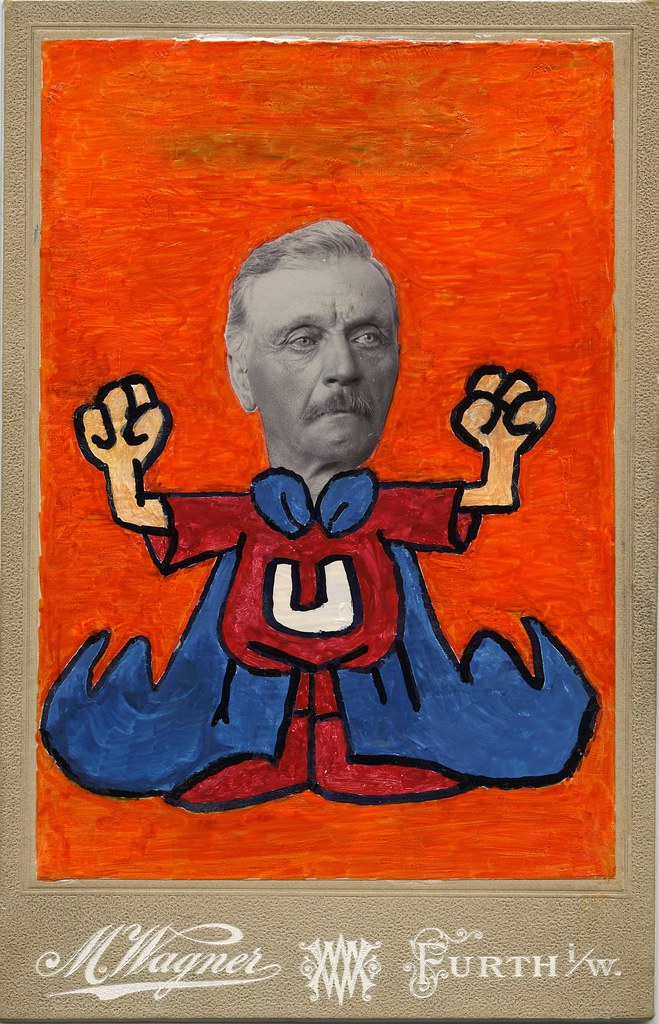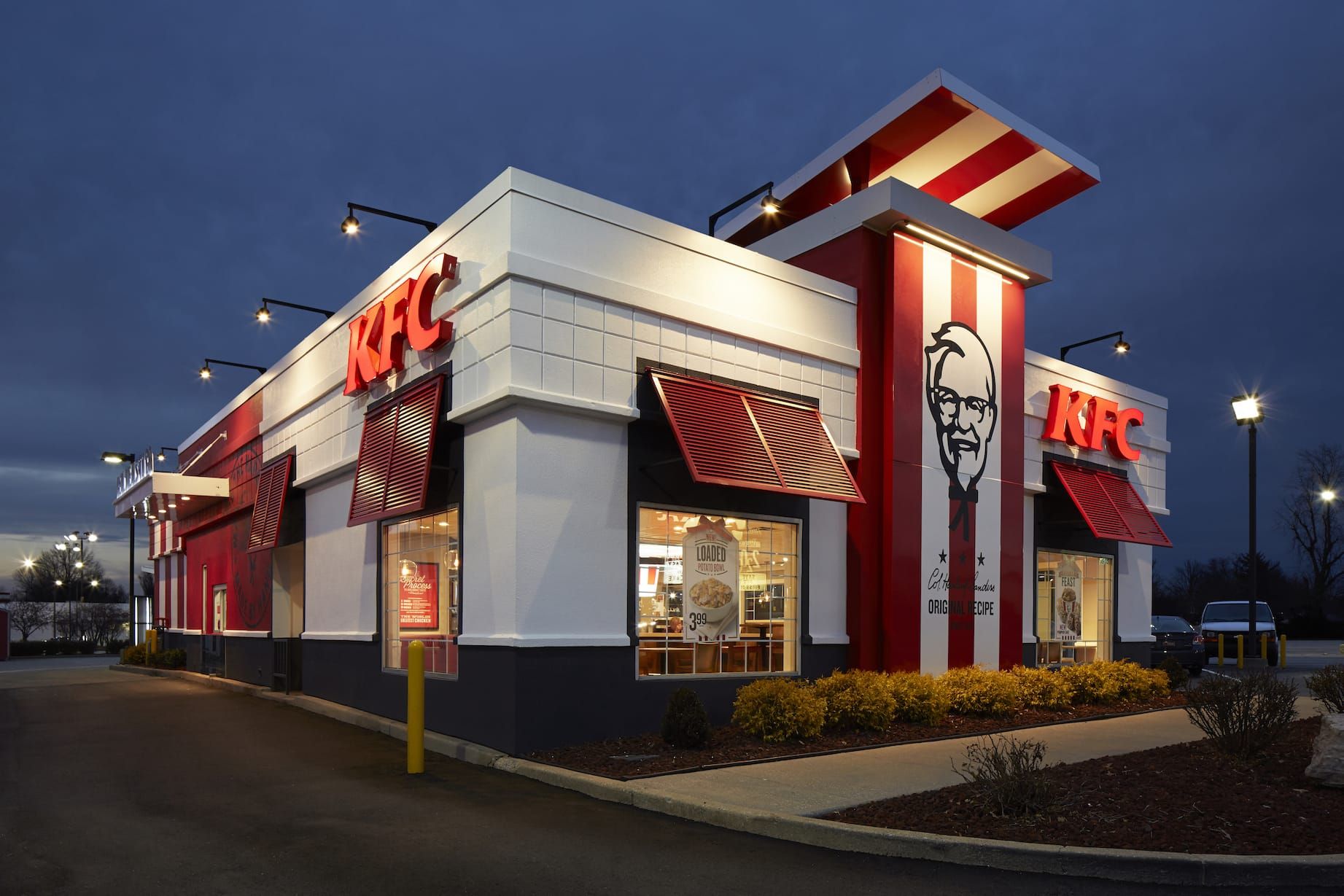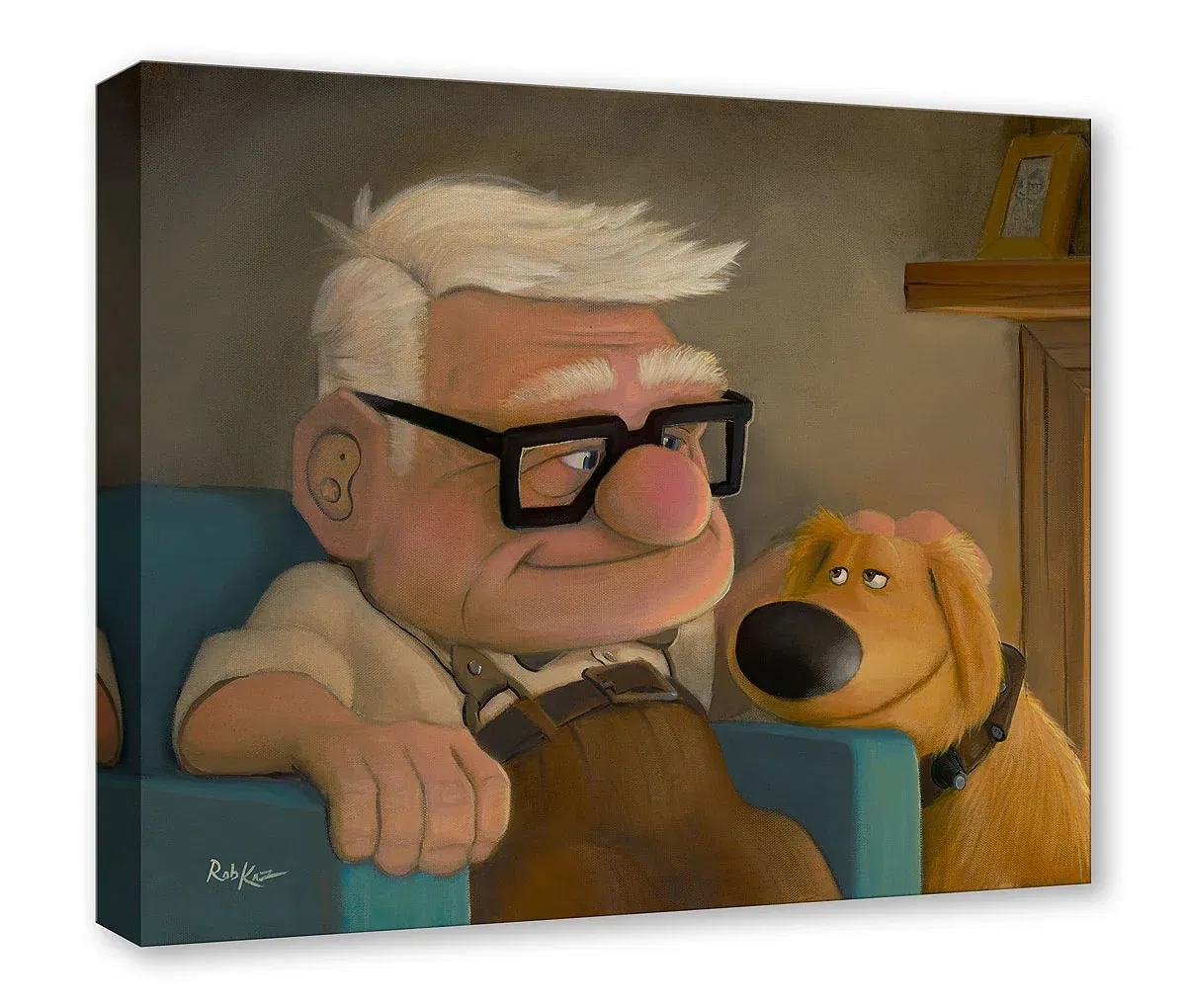
Oh, the nostalgia! Remember those glorious Saturday mornings when the world felt just right, a bowl of sugary cereal was your best friend, and the TV screen was your portal to pure joy? For countless kids, that portal was guarded by none other than our fearless, rhyming hero, Underdog! This animated classic, which first burst onto our screens on October 3, 1964, wasn’t just *another* cartoon; it was a cultural touchstone, a pure, unadulterated slice of childhood magic.
Let’s be honest, if you were to pitch “a shoeshine boy who transforms into a caped crusader in an inexplicably exploding telephone booth, speaks exclusively in rhyming couplets, and gets his powers from a special energy pill,” you might get a few raised eyebrows today! It sounds delightfully, perhaps even *clunkily*, chaotic. Yet, these very characteristics, which might seem like charming imperfections, were precisely what made “The Underdog Show” an undeniable hit, transforming it into a true “lunch staple” for our young, imaginative minds, and an essential part of our weekend ritual.
It’s a fantastic testament to the power of simple, engaging storytelling and unforgettable characters that even the most peculiar elements can become iconic. This isn’t just a trip down memory lane; it’s an exploration of how a seemingly unconventional formula absolutely *dominated* the airwaves and carved out an indelible niche in pop culture. So, buckle up, because we’re about to dive into 11 specific, wonderfully “clunky” elements from “The Underdog Show” that, against all odds, didn’t just survive but thrived! Let’s kick off our journey with the first six aspects that made Underdog, well, *Underdog*.
1. **Underdog’s Signature Rhyming Couplets: The Ultimate Earworm**Let’s talk about a superhero who *only* speaks in rhyming couplets. I mean, seriously, how wonderfully, charmingly *clunky* is that? But oh my goodness, did it ever work! “There’s no need to fear, Underdog is here!” – that isn’t just a line; it’s a phrase instantly etched into the collective memory of anyone who ever tuned in. This unique linguistic quirk wasn’t merely a stylistic choice; it became a defining, almost melodic, part of his identity and instant recognition. It’s truly iconic!
This unwavering commitment to poetry, even when facing the most outlandish villains or impending doom, gave Underdog a voice that was utterly distinct and unlike any other hero of his time. It infused every episode with a lighthearted, almost musical quality, making his heroic declarations both remarkably memorable and inherently amusing. We have to give a huge shout-out to Wally Cox, who supplied Underdog’s voice, for delivering these lines with such conviction, making the rhymes sound perfectly natural in Underdog’s world.
While on paper it might look like a narrative constraint, this consistent rhyming proved to be a powerful and brilliant storytelling device. It offered instant gratification for young viewers, who could often predict the next word, fostering a playful sense of engagement and making them feel like they were part of the adventure. This “clunky” verbal tic wasn’t just a minor detail; it was a core characteristic that made Underdog endearing, delightfully predictable, and absolutely unforgettable.
Beyond its immediate appeal, Underdog’s rhyming couplets have left a lasting legacy. They are consistently cited as one of the most recognizable and beloved aspects of the entire series, truly making him a catchphrase king long before “viral content” was even a twinkle in the internet’s eye. This seemingly simple, repetitive trait wasn’t just a gimmick; it was a cornerstone of his unwavering optimism and relentless pursuit of justice, no matter the bizarre circumstances. It’s a perfect example of how the simplest, most consistent elements can elevate a character to legendary status.
Who else still finds themselves humming “When a hero is needed, I’m never afraid!” or some other classic Underdog rhyme decades later? These verbal quirks transcended the screen, embedding themselves deep within our nostalgic hearts. It’s a testament to how even the most unusual character traits can become beloved fixtures in pop culture, proving that sometimes, the best ideas are the ones that are just a little bit out there.
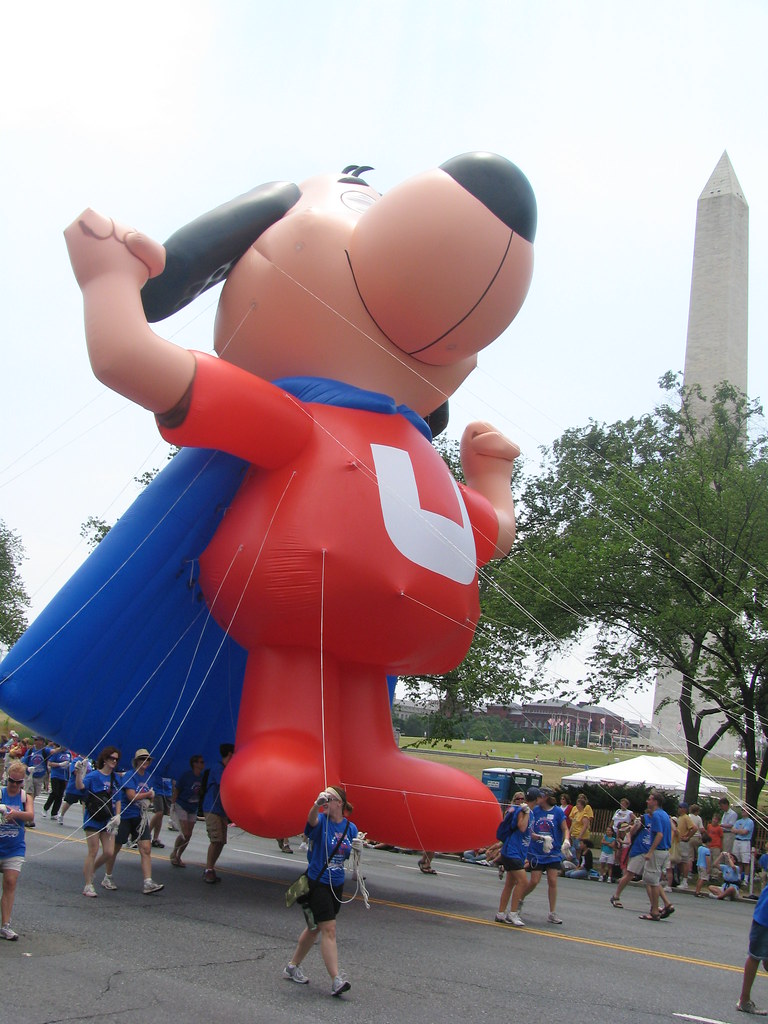
2. **Shoeshine Boy’s Explosive Transformation: The Ultimate Reveal**Before Underdog could swoop in and save Sweet Polly Purebred from another villainous plot, there was Shoeshine Boy. And before Shoeshine Boy could become our caped hero, he had to perform an act of transformation that was as iconic as it was, frankly, spectacularly *clunky*: the exploding phone booth! Forget the subtle costume changes; Underdog’s grand entrance involved a public utility violently erupting into smithereens. This wasn’t just a costume reveal; it was a dramatic, public, and hilariously destructive spectacle that became an absolute hallmark of the show!
The context paints Shoeshine Boy as “humble, and loveable,” a charming, self-deprecating description that was “possibly a tongue-in-cheek reference to ‘mild-mannered reporter’ Clark Kent from the opening narration of the Adventures of Superman television series.” This classic dual identity, a beloved superhero trope, was given an unforgettable, explosive, and decidedly lo-fi twist in Underdog’s world. The sheer impracticality and visual absurdity of a telephone booth (remember those quaint contraptions?) inexplicably blowing up *every single time* our hero needed to suit up was a stroke of comedic genius.
This “clunky” yet utterly brilliant transformation sequence served multiple, fantastic purposes. First, it was an immediate, clear visual cue that trouble was brewing, and help was definitely on the way. Second, it built incredible anticipation, as viewers eagerly awaited that satisfying, chaotic explosion. Most importantly, it instantly established the show’s unique, quirky, and lighthearted tone – a world where the laws of physics were more like polite suggestions, easily sidestepped for the sake of a good laugh and a great story.
The exploding phone booth didn’t just become synonymous with Underdog himself; it became a vivid image that spoke volumes about the show’s wonderfully playful approach to superheroics. It perfectly encapsulated the lighthearted absurdity that permeated the entire series, encouraging audiences to fully embrace the fun and not take anything too seriously. This seemingly over-the-top, even illogical, method of transformation contributed immensely to the show’s engaging, unforgettable persona, etching its place firmly in the annals of cartoon history.
Who needed a hidden lair or a secret identity crisis when you could just spontaneously combust a phone booth? It’s pure cartoon magic, a testament to the idea that sometimes, the less logical, the more memorable. This delightful bit of “clunkiness” not only made us smile but also showed us that even the most mundane objects could be part of something truly extraordinary and explosively fun!

3. **The Underdog Super Energy Pill: A Tiny Powerhouse**Okay, so what’s the source of a superhero’s incredible abilities? Usually, it’s something grand like cosmic radiation, an alien heritage, or years of intense, highly secretive training. But for Underdog? It was a pill. A “Super Energy Pill,” to be exact! Introduced way back in episode 9, this tiny, potent capsule was his ultimate secret weapon, carefully stowed in “the secret compartment of my ring I fill / With an Underdog Super Energy Pill.” A hero relying on a literal pick-me-up pill might sound a bit low-tech, perhaps even wonderfully *clunky*, but it was an absolutely integral part of Underdog’s mythology and a remarkably consistent plot device.
The context makes it super clear: “He keeps one of these pills inside a special ring he wears at all times.” This established a very straightforward vulnerability for our hero: without his pill, Underdog was in genuine trouble. We’d often hear his memorable declaration, “Without my Energy Vitamin Pill / I grow weaker and weaker and weaker still.” This wonderfully simple mechanism instantly created dramatic tension, offering villains like Simon Bar Sinister and Riff Raff a tangible weakness to exploit, even if, as the show famously demonstrated, “of course, this being a children’s cartoon show, no one actually kills him” when he’s at their mercy.
This “clunky” power source, despite its simplicity, was incredibly effective in the narrative. It provided a clear, easily understandable explanation for his incredible feats and a super convenient way to account for temporary power loss or the need for a quick, dramatic boost. For young viewers, it was a straightforward, accessible concept that made his seemingly boundless powers feel less abstract and far more relatable than those of many other high-flying heroes. It also added a fun, almost ritualistic element to his heroics, complete with his iconic rhyming declaration before each vital dose.
The energy pill concept also offers a fascinating peek into the show’s origins in advertising, as it was designed to help “sell breakfast cereals for General Mills.” It subtly reinforced the idea of a quick, consumable boost, making it a perfectly practical narrative device for a show that aimed to entertain *and* subtly promote. Even during later syndication runs, which sometimes edited out the scenes of him actually *taking* the pill, its existence and the iconic verbal cues surrounding it remained a core, if endearingly “clunky,” part of Underdog’s lasting appeal.
So, while other heroes were busy with their elaborate origins, Underdog simply popped a pill from his ring and got the job done. It’s a beautifully simple, effective, and undeniably charmingly “clunky” way to power a legend. Who knew a tiny pill could pack such a heroic punch and contribute so much to a cartoon’s enduring identity?
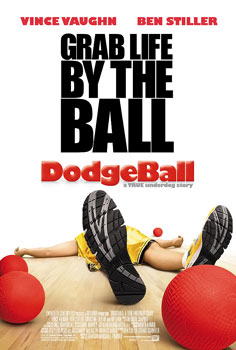
4. **Inconsistent Superpowers: The Grab Bag of Greatness**Alright, let’s talk about the rulebook for superhero powers. You expect a certain level of logical consistency, right? Well, Underdog apparently got that memo, read it, and then promptly shredded it and tossed it out the back of the exploding phone booth! His wonderfully *clunky* inconsistency in superpowers is hilariously documented: “the number and scope of his superpowers are inconsistent from episode to episode, being subject not only to the conventions of superhero comics, but also to the conventions of humorous cartoons.” One minute he’s casually moving planets, the next he’s giving people the strength to bend steel.
The context offers some truly mind-boggling examples of this power fluctuation. Get this: “In one episode, he easily moved planets, safely butting against them with his rear end.” Yes, you read that right – *planets*! Then, in a totally different scenario, his “Super Energy Pill, diluted billions of times when added to a city’s water system, was capable of giving normal humans who drank the water enough strength to easily bend thick steel bars.” These are wildly disparate scales of power, making for some truly unpredictable, yet always entertaining, scenarios! This delightful variation, while narratively expedient, absolutely contributes to the charmingly unsophisticated and fun-loving nature of the show.
This delightful “clunkiness” wasn’t a flaw in the writing; it was a fantastic, unacknowledged feature! It granted the writers immense freedom, allowing Underdog to tackle any bizarre threat, no matter how ridiculous, with *exactly* the power needed at that specific moment. It wholeheartedly embraced the humorous, fantastical essence of cartoons, where strict logic often took a joyful backseat to pure, unadulterated entertainment. This wonderfully unpredictable power set significantly contributed to the show’s lighthearted, anything-goes tone, constantly reassuring viewers that Underdog would always, always find a way to save the day, even if that way involved a previously unheard-of ability.
The list of his varied abilities is truly impressive: “super strength, super speed, supersonic flight, physical invulnerability, X-ray vision, super breath, cosmic vision, atomic breath, atomizing eyes, heat vision, ultrasonic hearing, a supersonic high-pitch hi-fi voice and a great calculating brain.” This incredible, almost overflowing, arsenal of powers, seemingly pulled from a magical hat for each new adventure, reinforces the idea that Underdog was less about scientific rigor and more about delivering sheer, unadulterated fun and surprise. It’s a prime example of how a “clunky” approach to world-building can foster an environment of limitless possibility and boundless humor.
Who needs a meticulously cataloged power list when you have a hero who can literally do *anything* the plot demands? This beautiful inconsistency added to the show’s charm, making every episode a fresh mystery of what new, incredible (or incredibly weird) feat Underdog would pull off next. It’s the kind of “clunkiness” that truly sparks joy and makes for timeless cartoon entertainment.
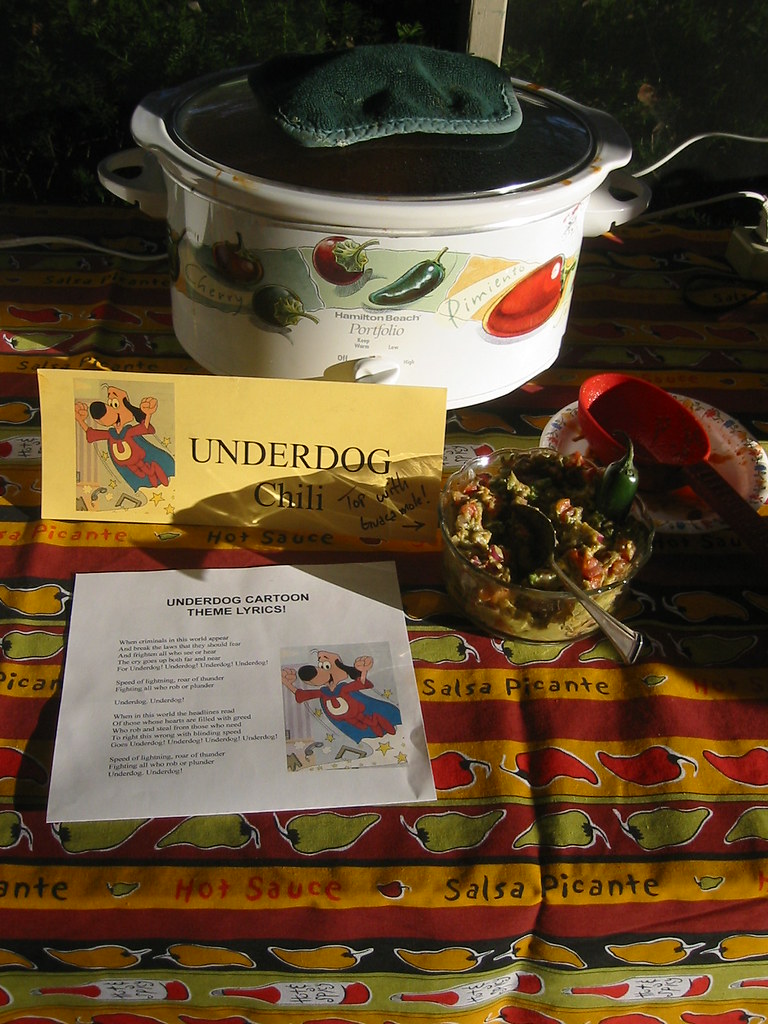
5. **Pioneering Early Saturday Morning Cartoon Status: Defining a Generation’s Weekends**”The Underdog Show” wasn’t just *a* Saturday morning cartoon; it was emphatically “one of the early Saturday morning cartoons.” This status isn’t “clunky” in itself, but it speaks volumes about the nascent, pioneering, and ultimately formative era of children’s television. Launching with its debut on October 3, 1964, first captivating audiences on NBC and then moving its heroic exploits to CBS, Underdog played a crucial role in defining an entire genre and establishing a beloved cultural ritual that would dominate weekend mornings for many decades to come. Its early arrival meant it wasn’t just joining a lineup; it was helping to *build* the very concept of what a Saturday morning staple *could and should be*.
Cast your mind back to 1959, where the brilliant creative minds like W. Watts Biggers, Chet Stover, Treadwell D. Covington, and artist Joe Harris, operating as account executives with the Dancer Fitzgerald Sample advertising agency, embarked on a mission. Their goal was crystal clear: the “creation of television cartoon shows to sell breakfast cereals for General Mills.” This inherently commercial origin, while wonderfully pragmatic, undeniably shaped the early landscape of children’s programming. Underdog was born directly from this innovative initiative, alongside other memorable characters like King Leonardo and Tennessee Tuxedo, all meticulously designed to capture young audiences and, yes, cleverly encourage them to ask for more delicious cereal.
Being such an early entry meant that “The Underdog Show” navigated the relatively uncharted, and therefore somewhat “clunky,” waters of children’s television programming. Its straightforward, often four-part episodic structure (even if syndicated versions frequently scrambled them, creating their own distinct, quirky viewing experience) was perfectly tailored for its target demographic. It emerged as a wonderfully reliable and predictable source of pure entertainment during a time when options for children were significantly more limited than they are today, thereby cementing its status as a foundational piece of countless childhood memories.
The show’s original network run, spanning from October 3, 1964, to March 4, 1967, and encompassing an impressive “62 episodes,” established a substantial and memorable presence. Its tenure on both NBC and CBS, primarily “under the primary sponsorship of General Mills,” vividly highlights its widespread appeal and undeniable commercial success right from the very beginning. This early and significant dominance carved out an essential space in the burgeoning Saturday morning block, unequivocally proving that a hero with charmingly simple rhymes and an explosively dramatic phone booth could indeed become a beloved and enduring staple for generations.
Think about the legacy: a show that helped *invent* Saturday morning cartoons! That’s not just a footnote; that’s a whole chapter in television history. This “clunky” beginning allowed Underdog to become a template, a cherished memory, and an absolutely irreplaceable part of our collective childhood.
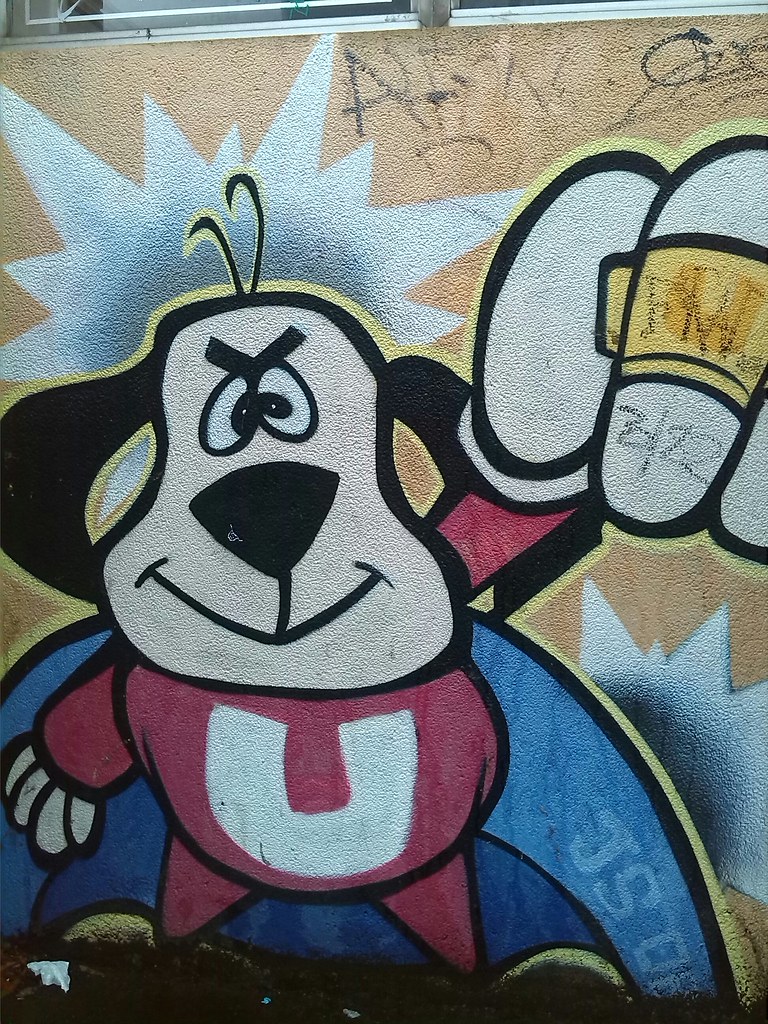
6. **General Mills Sponsorship: Fueling the Fun, One Cereal Box at a Time**Can you imagine a world where your absolute favorite cartoons are quite literally brought to you by the friendly folks behind your breakfast cereal? Well, that was the charming, and yes, somewhat *clunky* reality for “The Underdog Show,” which proudly aired “under the primary sponsorship of General Mills.” While this might seem like a rather direct, overtly commercial arrangement by today’s standards of subtle brand integration, it was the undeniable lifeblood of early animated television, directly fueling the creative production and wide distribution of beloved shows just like Underdog. It’s a fascinating look at how our favorite heroes came to be!
The context vividly details the origins: in 1959, W. Watts Biggers and his talented team were “handling the General Mills account as an account executive with the Dancer Fitzgerald Sample advertising agency in New York.” Their mission was beautifully clear and commercially brilliant: the “creation of television cartoon shows to sell breakfast cereals for General Mills.” This incredibly direct link between entertaining content and product sales meant that Underdog was, in essence, a delightfully animated conduit for promoting crunchy Cheerios, magical Lucky Charms, or any other General Mills breakfast delight.
This crucial primary sponsorship was absolutely instrumental in securing the show’s initial, impressive run of “62 episodes” and ensuring its prime placement on major national networks like NBC and CBS. The robust financial backing from General Mills provided the essential stability and resources necessary to consistently produce a stream of high-quality content, solidifying Underdog’s position as a reliable and eagerly anticipated fixture for young viewers every weekend. Without this vital corporate patronage, it’s highly probable that the show might never have even gotten off the ground, let alone achieved its widespread reach and enduring popularity.
When “Underdog became a success,” a truly exciting development occurred: Biggers and his partners made the bold move to leave the advertising agency and form their very own company, Total Television, with the vibrant animation produced at Gamma Studios in Mexico. This remarkable evolution clearly demonstrates just how incredibly successful and mutually beneficial the General Mills partnership truly was, ultimately leading to the establishment of a dedicated production house for their expanding roster of animated properties. It was a win-win that shaped the future of cartoon production!
Even after Total Television eventually “folded when General Mills dropped out as the primary sponsor” in 1969, the enduring legacy of that initial “clunky” sponsorship model continued. General Mills “continued to retain the rights to the series until 1995 and TV distribution rights, through NBCUniversal Television Distribution, to the present day,” showcasing the incredible, long-term value and staying power generated by that foundational commercial relationship. It’s a powerful reminder that sometimes, the most basic commercial drivers can lead to the creation of timeless entertainment.
Now that we’ve journeyed through the initial quirky charms that established Underdog as a Saturday morning legend, it’s time to dive even deeper! We’re about to explore the remaining five influential aspects of ‘The Underdog Show,’ from its clever commercial strategies and enduring presence in syndication, to its incredible impact on pop culture, showing how these seemingly simple components became lasting cultural touchstones. Get ready for more nostalgic goodness!
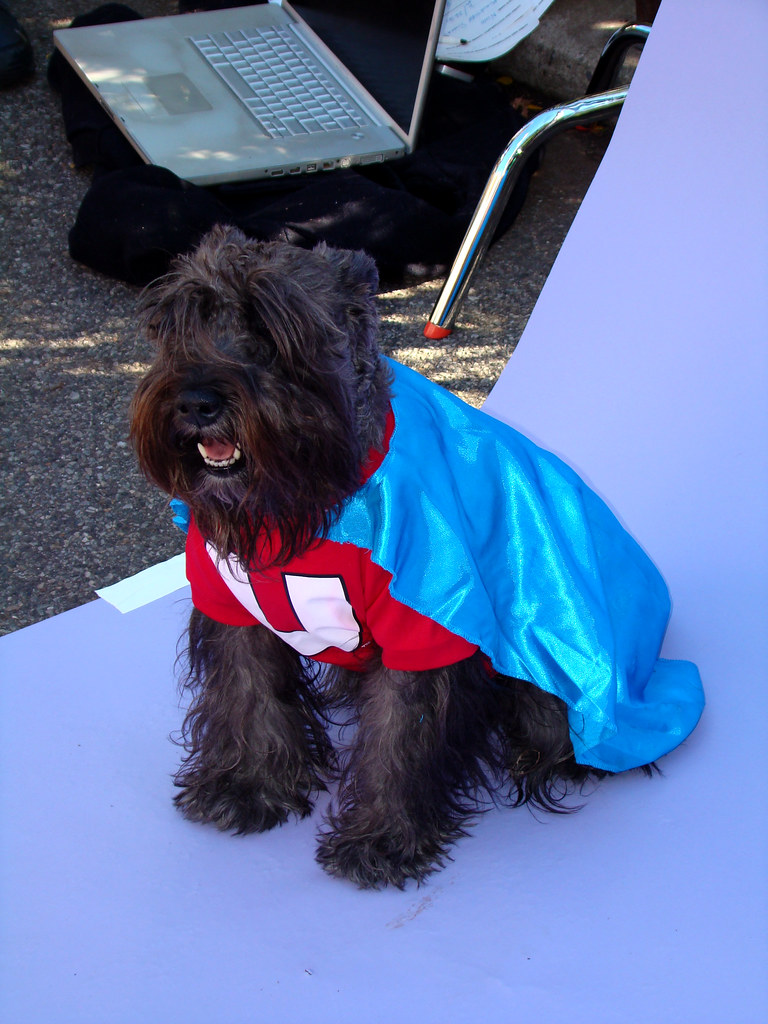
7. **The ‘Potpourri’ of Syndication Packages: A Beautiful Mess**After its initial network run, ‘The Underdog Show’ took on a whole new life in syndication starting in 1969. And let me tell you, this wasn’t just a simple rerun; it was a glorious, delightful “potpourri of segments from previously aired versions of the show!” This meant that the viewing experience could be wonderfully unpredictable, a true grab bag of animated adventures that kept us guessing what hilarious short would come next. It was chaotic, yes, but oh-so-charming!
Seriously, one minute you were watching Underdog save the day, and the next you were cracking up with Tennessee Tuxedo, Go Go Gophers, Klondike Kat, or even the tall tales of Commander McBragg. While the first 26 syndicated episodes initially featured Tennessee Tuxedo as a supporting segment, the packages evolved. For most of the run, you’d get three half-hours of Go Go Gophers and Klondike Kat, then a fourth with Tennessee Tuxedo, creating a wonderfully eclectic mix that felt uniquely ‘Underdog’ in its delightful disorganization.
Now, here’s a truly ‘clunky’ detail that made it all the more memorable: the “teaser” at the top of the show. It would famously ask viewers to “stay tuned for a clip from ‘today’s four-part story’.” But here’s the kicker: “outside of CBS-TV airings of the show, no more than two parts of the Underdog stories were ever shown in any half-hour program!” So, you’d be promised a four-part epic, only to get a tantalizing snippet and then be left hanging. It was a hilarious, if sometimes frustrating, quirk that added to the show’s unique charm.
And talk about a mixing pot! Some syndication packages even bundled in elements from Jay Ward’s ‘The Adventures of Rocky and Bullwinkle and Friends,’ or ‘The Most Important Person’ short films. While these various prints, often followed by different credits or no credits at all, aren’t in distribution anymore due to separate ownership, they paint a vivid picture of the wonderfully jumbled, yet beloved, way we all got our Underdog fix. It’s a testament to how even a little ‘clunkiness’ in presentation can create an enduring, unforgettable viewing ritual.
8. **The Four-Part Story Arc (and its Hilarious Misfiring in Syndication)**Ah, the classic four-part story arc! Back in the day, before binge-watching was even a twinkle in our eyes, most ‘Underdog Show’ stories were meticulously (or maybe not so meticulously) split into four thrilling parts. This wasn’t just a random choice; it was a common and effective, if somewhat ‘clunky,’ narrative structure that kept us glued to our seats, eagerly awaiting next week’s installment to see how our hero would triumph.
Consider some of the foundational stories that kicked off the series. We had “Safe Waif,” the pilot episode, which fascinatingly featured “no villain” but still had Underdog “causing major destruction while trying to help people.” Then there was “March of the Monsters,” which famously marked “the first appearance of Sweet Polly Purebred.” And who could forget “Simon Says,” the very first time we encountered the wonderfully devious Simon Bar Sinister? These early adventures set the stage for the serialized fun.
Of course, sometimes this grand plan of sequential storytelling hit a few bumps, especially when the show went into syndication. Remember “Tricky Trap by Tap Tap”? That episode was actually the “epilogue to the multi-part story ‘From Hopeless to Helpless’,” only it was created “due to story arcs not airing in their proper order.” Imagine tuning in and getting the ending before the beginning! This delightful mix-up only added to the show’s quirky reputation, proving that even a little narrative chaos couldn’t dim Underdog’s star.
The beauty of this four-part format, even with its syndicated shenanigans, was that it offered a comforting rhythm to our Saturday mornings. It promised a grand adventure, stretched out over several weeks, building anticipation and ensuring we’d be back for more. This structural ‘clunkiness’—whether intentional or not—ultimately fostered a deeper engagement with the ongoing sagas of Underdog, making his world feel expansive and endlessly exciting, even if we occasionally watched parts two and three before one and four!
9. **The Enduring Rogues’ Gallery: Simon Bar Sinister and Riff Raff**Every hero needs an unforgettable villain, or two, to really shine, and Underdog had a perfectly ‘clunky’ yet iconic rogues’ gallery! Enter the dastardly Simon Bar Sinister and the rascally Riff Raff, the perennial baddies who consistently victimized Sweet Polly Purebred, giving our rhyming hero an excuse to make his grand entrance. Their reliable evil was, in its own way, a comforting constant in the Underdog universe!
Let’s be honest, Simon Bar Sinister was a master of maniacal laughter and wonderfully silly schemes. Who could forget his signature catchphrase from “Simon Says”: “Simon says HOLD IT!”? This was his maniacal refrain as he used “a weird camera to turn his victims into full-sized, two-dimensional photographs.” His plots were straightforward, delightfully transparent, and always designed for Underdog to spectacularly thwart, making him the perfect ‘clunky’ villain for a show that never took itself too seriously.
Then we have the equally nefarious Riff Raff, a gangster with a heart of… well, not gold, but definitely cartoon evil! He featured prominently in multi-part stories like “From Hopeless to Helpless,” which, as we discussed, even had an epilogue episode because of syndicated airing order quirks. Riff Raff’s consistent attempts to capture or harm Sweet Polly Purebred were the perfect catalyst for Underdog’s heroic interventions, reinforcing the classic damsel-in-distress trope with a playful twist.
The predictable, almost formulaic nature of these villains, always with Sweet Polly in peril, was never a weakness but a strength. It was a ‘clunky’ yet incredibly effective storytelling device that allowed young viewers to easily follow the plot, anticipate the heroics, and delight in the inevitable triumph of good over comically incompetent evil. Their simple, consistent wickedness provided the perfect foil, cementing their status as beloved, if villainous, fixtures in our nostalgic memories. What a team!
Read more about: Forget the Flash: How Underdog, the Animated Hero, Quietly Dominated Saturday Mornings and Endures Today
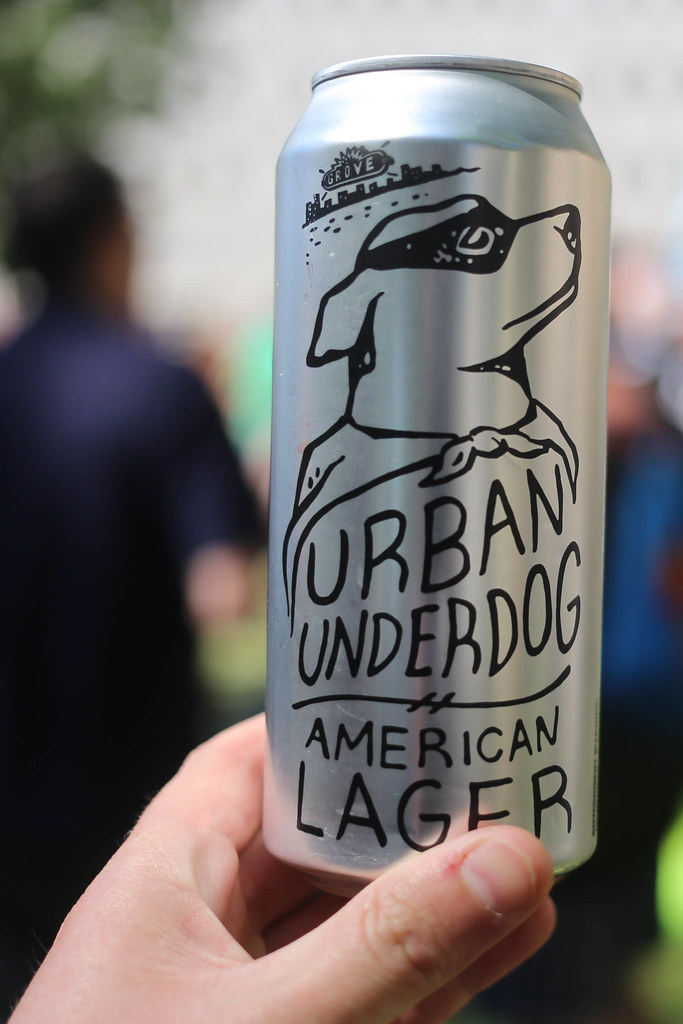
10. **The Theme Song as a Pop Culture Powerhouse**Beyond the rhyming couplets and exploding phone booths, there’s one element of ‘The Underdog Show’ that truly solidified its place in pop culture history: that absolutely unforgettable theme song! Crafted by the show’s creative masterminds W. Watts Biggers, Chet Stover, Treadwell Covington, and Joseph Harris, and arranged and produced by Robert Weitz, it’s more than just a jingle; it’s an anthem. The original vocals, delivered by the unsung hero Robert Ragaini, still give us chills today!
Robert Ragaini’s story about recording the theme song is a true ‘underdog’ tale in itself! He recounted how, as a “struggling singer in New York,” he sang the theme for a mere “$50.” With “no contract,” he was “thrilled to get it.” Yet, as the years rolled on and the song’s iconic status grew, he’d hear it “year after year,” lamenting, “By then I’d become a successful jingle singer and I knew what I should have been making.” He even filed a claim with the Screen Actors Guild when it popped up in a Reebok commercial, highlighting the song’s unexpected, enduring commercial power.
But the theme song’s journey didn’t stop there! Its infectious melody and heroic lyrics made it a magnet for artists across genres. From the alternative rock band Butthole Surfers, who included a version on the 1995 tribute album ‘Saturday Morning: Cartoons’ Greatest Hits,’ to jazz artist Ted Kooshian’s Standard Orbit Quartet, the song has transcended its animated origins. Even the a cappella group The Blanks performed an extended version on the TV program ‘Scrubs,’ later recording it for their album, ‘Riding the Wave.’ Talk about range!
Perhaps most impressively, the theme song even infiltrated the world of hip hop! The legendary producer and Wu-Tang Clan member RZA famously sampled the show’s theme song in the group’s iconic 1993 track “Wu-Tang Clan Ain’t Nuttin To F’ Wit,” released on their debut album ‘Enter the Wu-Tang (36 Chambers).’ And, as Robert Ragaini noted, it made a triumphant return to advertising in a 2014 commercial for Reebok ZQuick shoes. This ‘clunky’ little tune from a 60s cartoon truly became a multi-generational, multi-genre sensation, proving that some melodies are simply too good to ever fade away.
Read more about: Rihanna’s Unstoppable Reign: Charting the Visionary Evolution from Pop Icon to Billion-Dollar Beauty Mogul Dominating Every Industry
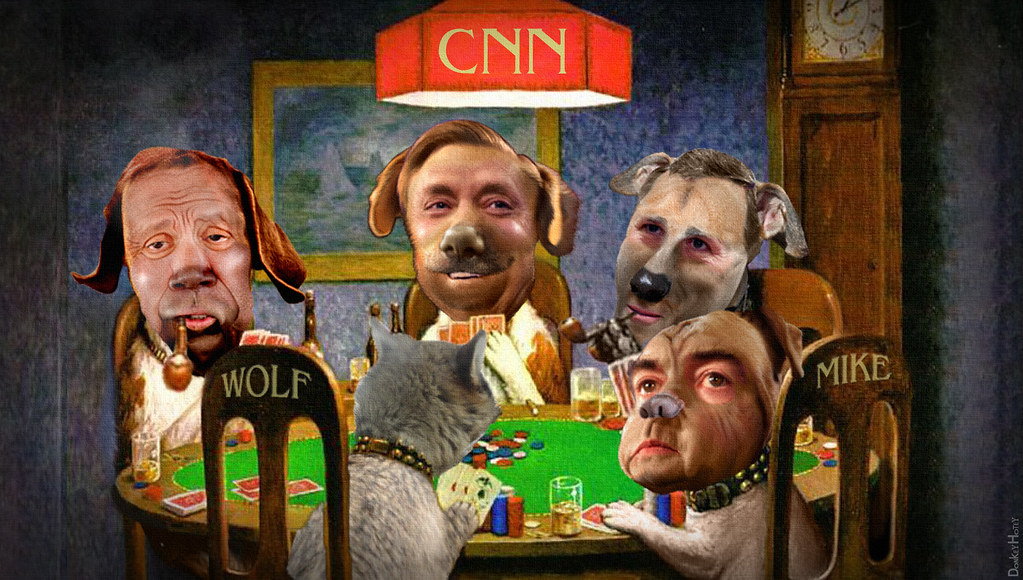
11. **The Modern Media Resurgence: From Comics to CGI Revivals**The ultimate testament to ‘The Underdog Show’s’ timeless appeal and its wonderfully ‘clunky’ charm is its incredible staying power across various forms of media, proving that our humble hero continues to dominate. This isn’t just about reruns; it’s about a lasting legacy that has spanned decades, from comic books to the big screen, and even into exciting new animated revivals. Underdog simply refuses to be forgotten!
Our hero’s adventures continued to leap off the screen and onto the pages of comic books for years. Charlton Comics produced a series from 1970 to 1972, mainly adapting stories from the cartoon, while Gold Key Comics followed with original stories from 1975 to 1979. Later, Spotlight Comics, Harvey Comics, and American Mythology Comics all brought new (or reprinted) Underdog tales to fans, ensuring that Shoeshine Boy’s alter ego was always just a comic book away, keeping his spirit alive for new generations.
Then came the big one: a live-action film adaptation in 2007! This movie brought Underdog to a whole new audience, with the beloved golden beagle Leo playing Shoeshine/Underdog (voiced by Jason Lee) and the fantastic Peter Dinklage taking on the role of the infamous Simon Bar Sinister. While it received “mostly negative reviews,” it still managed to gross a respectable “$65.3 million worldwide,” showing that there’s an undeniable appetite for our rhyming hero, even in a more modern, live-action setting. Talk about a glow-up!
But the story doesn’t end there! The show’s creator, W. Watts Biggers, even crafted a new half-hour radio show in 1999 for his ‘Victory Over Violence’ organization, demonstrating the versatile nature of the character. More recently, there have been tantalizing whispers and pitches for revivals, like Elena and Olivia Ceballos’ “Underdog Unleashed” pitch to DreamWorks Animation Television in 2015. While that specific project didn’t move forward, it showcased the continuous interest in bringing Underdog back into the spotlight.
And the best news for fans? The Underdog legacy is still growing! In July 2024, the Superprod Group announced a brand-new CGI-animated revival, “Underdog and the Canine Defenders,” set for a 2025 delivery with major international broadcast partners. This new series promises to bring our favorite, charmingly ‘clunky’ hero back to screens, proving that even the most wonderfully simple, earnest, and yes, delightfully peculiar ideas can achieve lasting cultural impact and continue to inspire joy across the globe. Underdog forever!
So there you have it, folks! From his signature rhymes to his wildly inconsistent powers, from exploding phone booths to energy pills, and from cereal sponsorships to CGI revivals, ‘The Underdog Show’ was a masterclass in turning ‘clunky’ into captivating. It wasn’t just a cartoon; it was a phenomenon that embraced its eccentricities and, in doing so, carved an unforgettable niche in our hearts and in the annals of pop culture history. It taught us that sometimes, the most unexpected heroes with the most delightfully odd characteristics are the ones who truly dominate and leave the biggest, most joyous impact. There’s no need to fear, Underdog’s legacy is here to stay, stronger and more beloved than ever!

